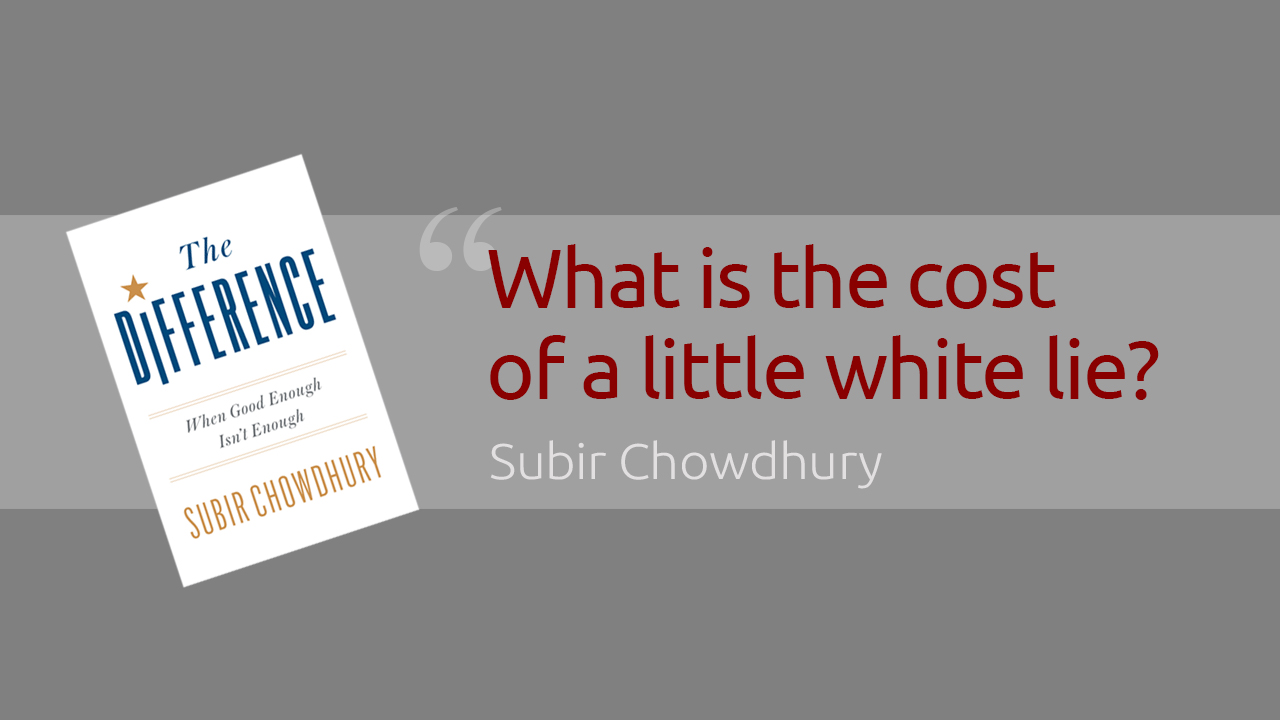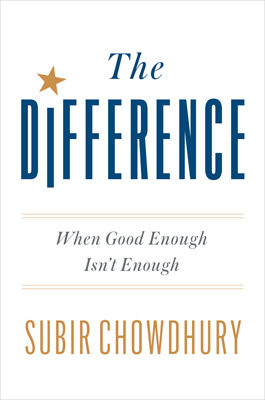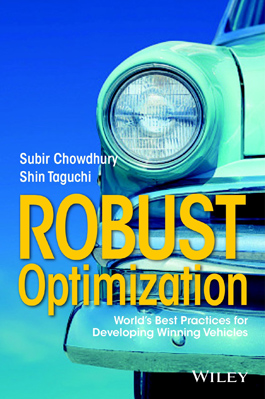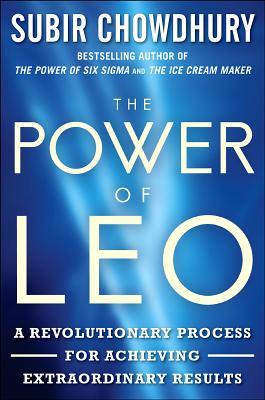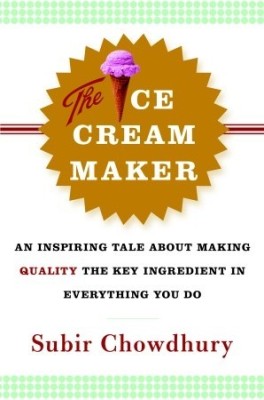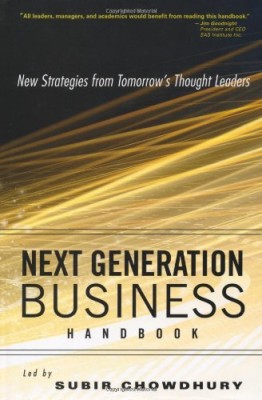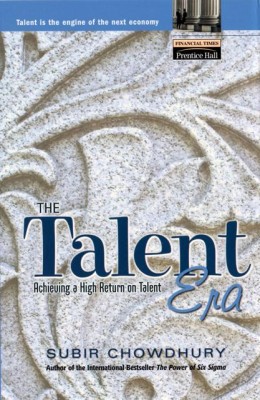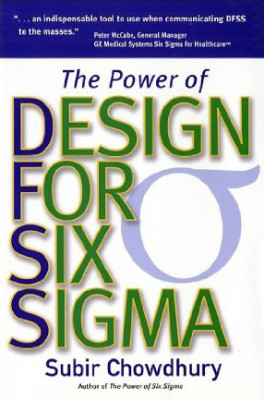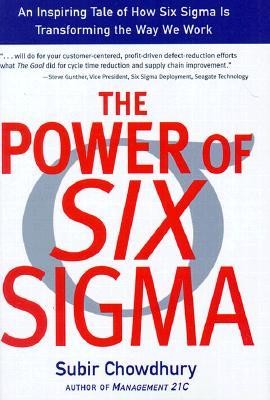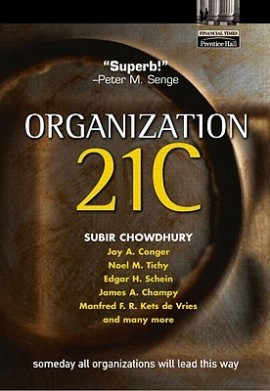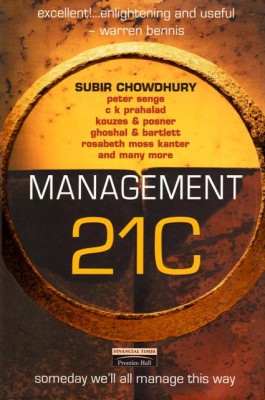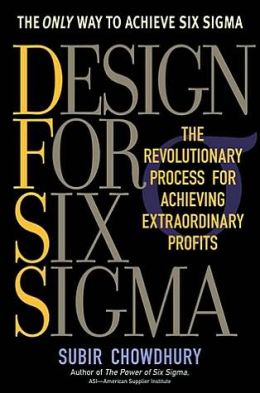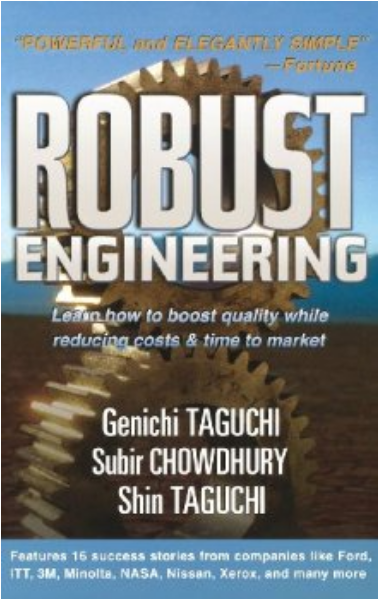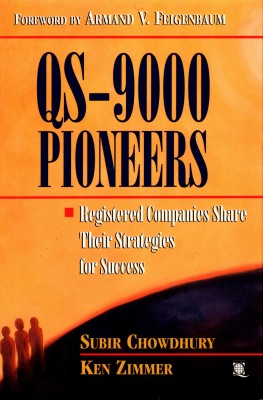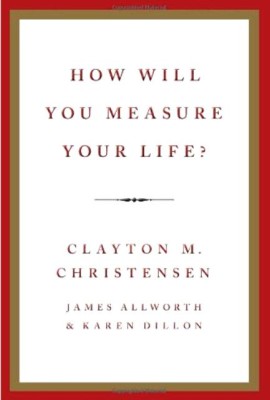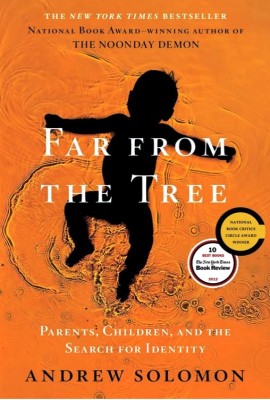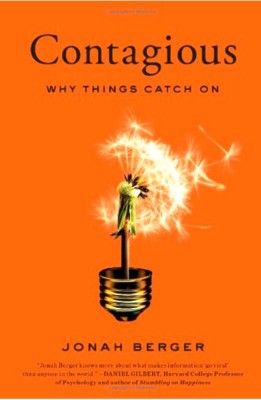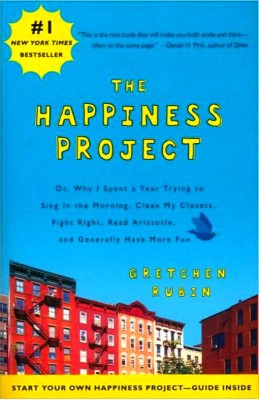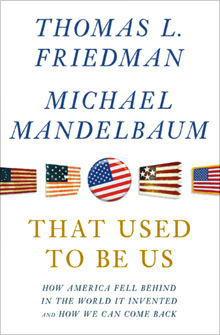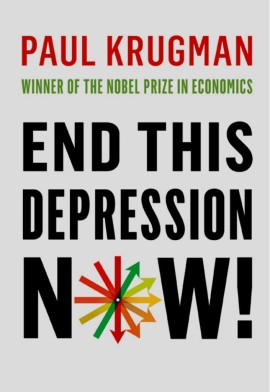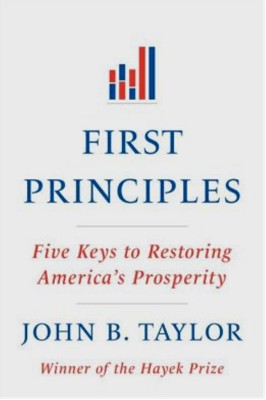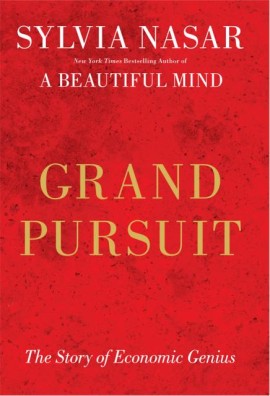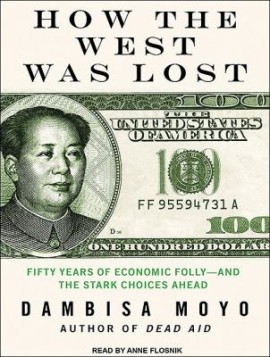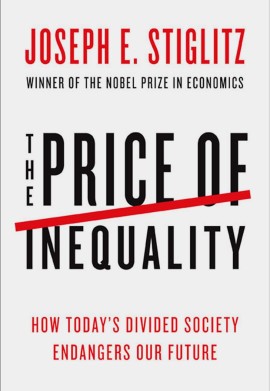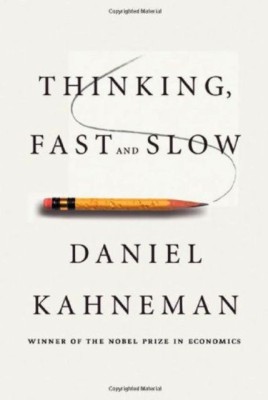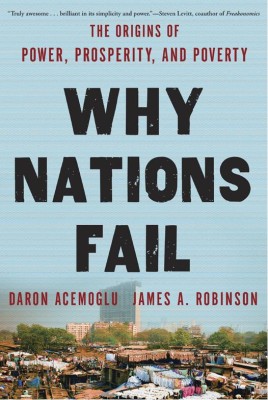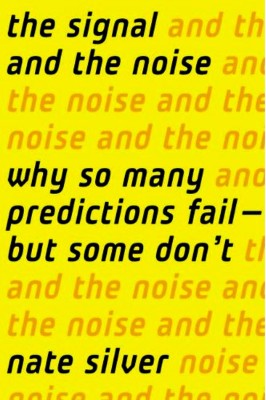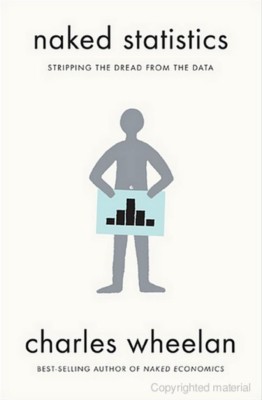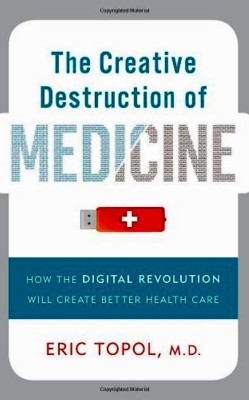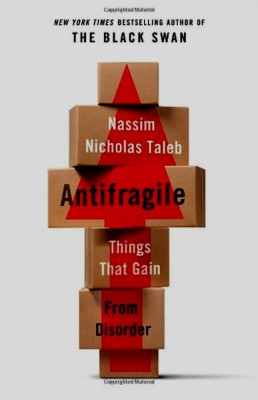Quality & Me
Subir shares short stories about what people do to make a difference everywhere they go. We can make huge contributions to the way we function as a society by standing out as an example within our own community: at work, at our places of worship, among our colleagues, friends, and family. All it takes is the courage to step up and being straightforward, thoughtful, accountable, and resilient.
Let’s talk about lying.
We have all lied at some point in our lives, even if it’s one of those “little white lies” you told your mother. The thing is, lying is never acceptable. Unless and until you replace lying with being straightforward, you’ll never have a caring mindset. People don’t necessarily lie because they want to harm someone. It’s usually because they want to avoid dealing with a difficult situation. It’s not always easy to be straightforward, but the more you do it, the more liberating it feels.
How can you tell when someone isn’t being straightforward? When I booked a family vacation at a five-star resort, I was assured I would get the rooms I wanted—ones with spectacular views. I even reconfirmed shortly before we arrived and was assured my rooms would be available. Except they weren’t.
We were told our rooms were not accessible due to a plumbing problem on that floor. With profuse apologies, we were given different rooms.
Something about what we had been told didn’t feel right. When someone lies to you, you can sense it. You can feel it. I had a nagging feeling that the story I had just been told was – simply put – a lie. Because I make my living solving problems, I decided to do some snooping. I asked several guests on the floor we were supposed to stay on if they had experienced any issues with the plumbing. You guessed it—no problems.
I was furious. When I confronted the manager, he tried to calm me by waiving the cost of the rooms. Clearly, he didn’t get it. It wasn’t about the money—it was about the indifferent mindset of the hotel and its employees. My assumption is that they had overbooked, or other guests staying at the hotel had extended their stay—I never did find out. And you know what? It doesn’t even matter! Had the hotel staff been straightforward with me, I would have still been annoyed, but I would have felt that they cared enough to tell me the truth and apologize for their mistake.
What happened the last time you weren’t straightforward with a client of team member?




